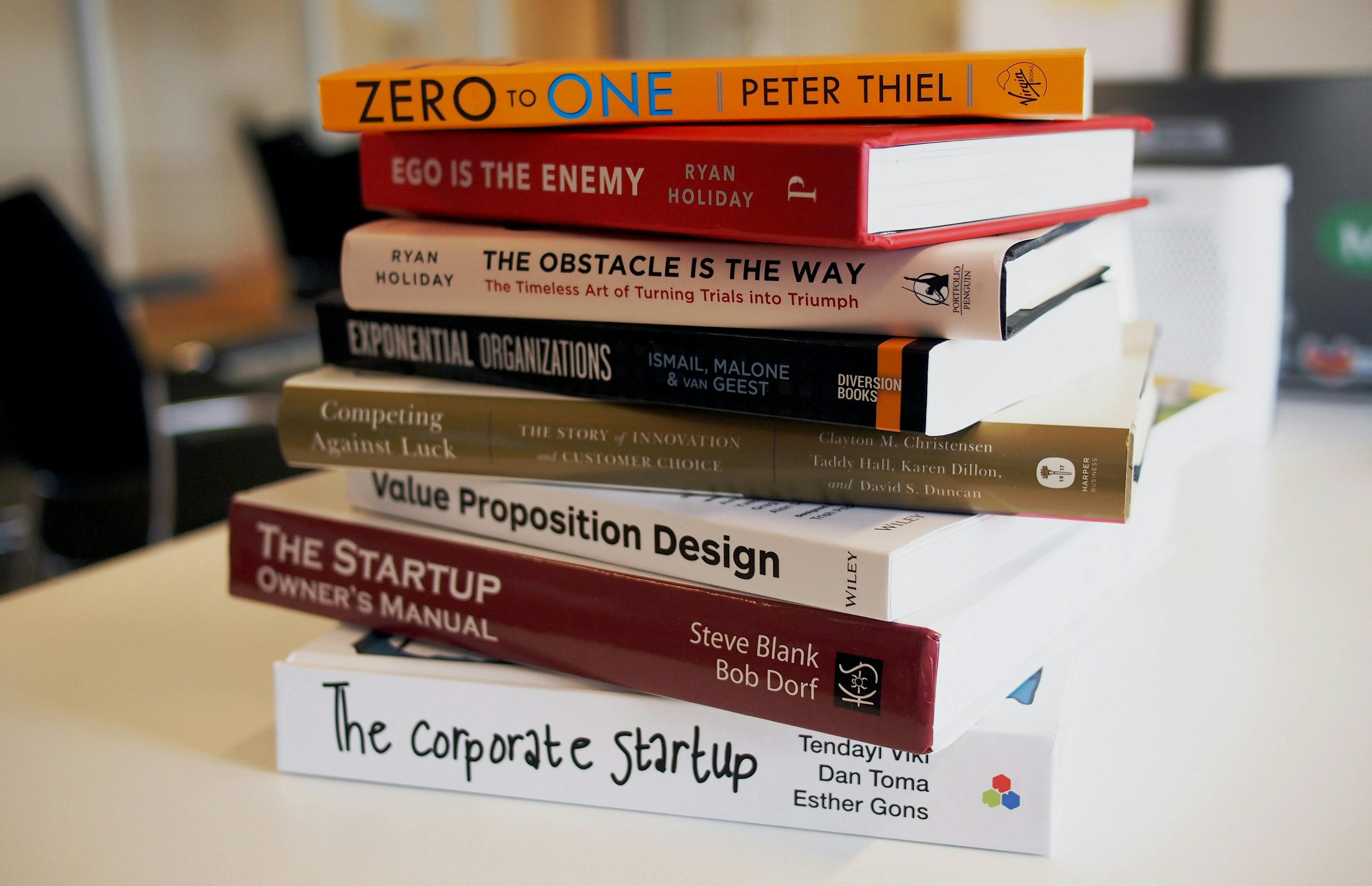The Lean Startup Method: A Technical Guide to Building a Successful Business
Oct 20, 2023
In the world of entrepreneurship, the Lean Startup method has gained significant attention for its proven ability to streamline the business development process, reduce risk, and maximize efficiency. It is a methodology that combines a set of principles and practices to help entrepreneurs build a successful business with a focus on innovation, customer feedback, and iterative development.
1. Build-Measure-Learn (BML) Cycle:
At the heart of the Lean Startup method is the Build-Measure-Learn cycle. Entrepreneurs start by creating a Minimum Viable Product (MVP), which is a minimal version of their product or service. They then measure its performance through key metrics, gather customer feedback, and learn from the results. This iterative process helps in fine-tuning the product based on real data.
2. Validated Learning:
Validated learning is the process of turning assumptions into knowledge. Entrepreneurs create hypotheses about their product, market, and customer behavior, then use the BML cycle to validate or invalidate those assumptions. This data-driven approach ensures that decisions are based on concrete evidence, not guesswork.
3. Pivot and Persevere:
When the data indicates that the current path isn't leading to the desired results, the Lean Startup method encourages entrepreneurs to pivot. A pivot involves making fundamental changes in the product, target market, or strategy. Alternatively, if the data shows positive signs, entrepreneurs should persevere and double down on their current path.
4. Continuous Deployment:
In the tech industry, continuous deployment is a crucial aspect of the Lean Startup method. It involves frequent, automated releases of software updates. This approach allows businesses to react quickly to customer feedback, fix issues, and introduce new features on an ongoing basis.
5. Lean Analytics:
Lean Analytics involves identifying the key metrics that matter for your business. These metrics could include customer acquisition cost (CAC), customer lifetime value (CLV), churn rate, and more. By closely monitoring these metrics, you can make informed decisions and optimize your strategies.
6. Customer Development:
This aspect of the Lean Startup method focuses on getting out of the building and directly engaging with customers. It involves conducting interviews, surveys, and experiments to understand customer needs, pain points, and desires. This hands-on approach is invaluable for product-market fit.
Finally, the lean startup method offers a technical framework for entrepreneurs to build successful businesses by continuously iterating, learning, and adapting. By embracing a data-driven, customer centric approach, entrepreneurs can reduce risks of failure and increase the likelihood of creating a product that truly meets market needs. Whether you are a tech startup exploring entreprenurship in any industry, mastering the Lean startup method can be a game-changer in your entrepreneurial journey.



